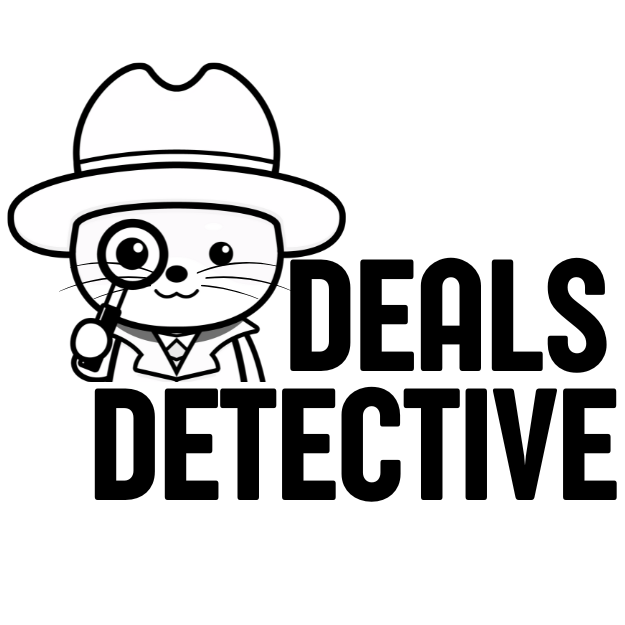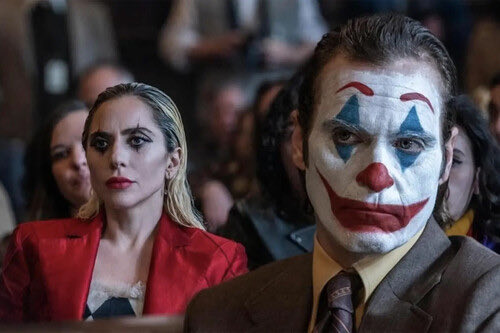After the massive success of the 2019 Joker, the sequel Joker: Folie à Deux was one of the most anticipated films of 2024. With Joaquin Phoenix reprising his role and the addition of Lady Gaga as Harley Quinn, excitement was at an all-time high. However, when the film hit theaters, it failed to live up to expectations, both critically and financially. In this article, we’ll explore the factors that contributed to Joker 2’s underwhelming performance and why this once-promising sequel became a surprising box-office failure.
A Major Decline in Box Office Performance
Joker: Folie à Deux opened with a disappointing $39 million at the box office—less than half of what the original Joker earned in its opening weekend. Considering that the sequel cost over $190 million to produce, this performance was a major blow for Warner Bros., which had bankrolled the entire project. In contrast, the original film cost just $60 million to make and went on to gross over $1 billion worldwide, becoming the highest-grossing R-rated film of all time.
The question remains: why did the sequel flop when the original was such a smash hit?
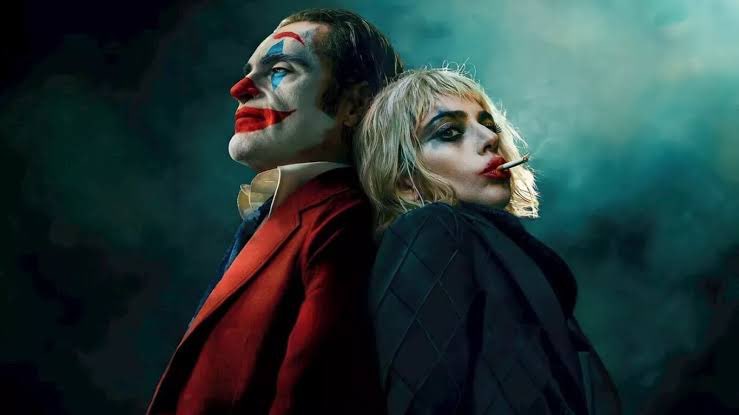
MORE DEALS Lionsgate Teams Up with Runway AI: Transforming Film Creation
Unfavorable Reception: Critics and Audiences Were Not Impressed
From the moment Joker: Folie à Deux premiered at the Venice Film Festival, the film’s fortunes began to sour. Despite receiving a 12-minute standing ovation, the movie was quickly hit with mostly negative reviews. Critics panned the film for its disjointed narrative, confusing tone, and the unusual decision to incorporate musical elements into what was expected to be a dark psychological thriller.
The harshest blow came from audiences themselves, who gave the movie a D CinemaScore—the lowest grade ever given to a comic-book-based film. This negative reception spread quickly through word of mouth, causing the film’s box office projections to plummet over its opening weekend.
How the Sequel Violated the Rules of Sequelization
Hollywood has certain unwritten rules for making sequels. Typically, sequels cost more than the original, but they are expected to build upon the success of the first film and at least break even financially. Joker: Folie à Deux violated this rule in several key ways.
- Budget Bloat: The original Joker was a relatively low-budget film that earned massive profits. In contrast, the sequel had a budget ballooning to $190 million, with some reports placing the final cost closer to $200 million. This budget included a $20 million payday for Joaquin Phoenix and $12 million for Lady Gaga, as well as high production costs from exterior shooting in New York and Los Angeles.
- A Shift in Genre: While the original Joker was a gritty character study with clear inspirations from films like Taxi Driver and The King of Comedy, the sequel opted for a musical approach. While director Todd Phillips and Gaga downplayed the musical elements in interviews, the reality is that Joker: Folie à Deux featured numerous musical numbers, including renditions of iconic songs like “My Way” and “That’s Life.” This stylistic shift alienated fans of the original film who expected more of the dark psychological drama that defined Joker.
- Critical Missteps at Venice: Unlike the original, which premiered to great acclaim at the Venice Film Festival, Joker: Folie à Deux failed to generate the same level of buzz. Critics who attended the festival were not kind to the film, and their negative reviews set the tone for the movie’s release. Many industry insiders believe that Warner Bros. made a mistake by premiering the film at Venice, arguing that a more controlled rollout could have mitigated the negative word of mouth.
Audience Fatigue with Franchise Spinoffs
In recent years, Hollywood has increasingly relied on established intellectual property (IP) to draw audiences to theaters. While this strategy has worked well in some cases (such as with The Penguin, the Batman prequel series that has found success on streaming platforms), there is growing evidence that audiences are experiencing fatigue with sequels and spinoffs. Joker: Folie à Deux perfectly exemplifies this trend.
The original Joker succeeded in part because it felt fresh and daring—a standalone film that existed outside the larger DC Extended Universe. In contrast, the sequel’s attempt to expand the story while introducing musical elements felt like a cash grab to many viewers. As a result, the film was met with skepticism, and its box office numbers reflect that lack of enthusiasm.
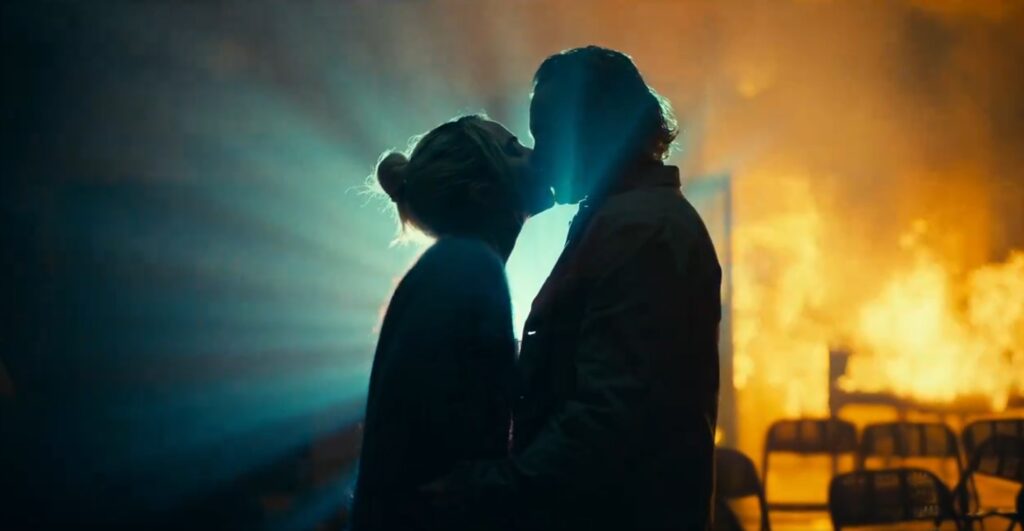
Why the musical elements did not work in Joker: Folie à Deux
One of the most controversial aspects of Joker: Folie à Deux was its use of musical numbers. Although director Todd Phillips and Lady Gaga downplayed the idea that the film was a traditional musical, music plays a significant role in the film’s storytelling. Gaga’s Harley Quinn and Phoenix’s Arthur Fleck break into song at several key moments, performing well-known pop standards.
However, the integration of musical elements felt out of place for many viewers. The original Joker was praised for its gritty realism, and the addition of musical numbers created a tonal disconnect that left audiences confused. While musicals can be powerful storytelling tools, Joker: Folie à Deux failed to strike the right balance between its darker themes and the more whimsical aspects of musical theater.
The High Cost of Failure for Warner Bros.
Joker: Folie à Deux’s financial failure is particularly damaging for Warner Bros. because the studio chose to finance the film entirely on its own. Unlike the first Joker, which saw Warner Bros. sharing production costs with Bron Studios and Village Roadshow, the studio bankrolled the sequel by itself in the hopes of reaping a larger portion of the profits. Unfortunately, this decision backfired, and the studio now faces the full brunt of the film’s losses.
In addition to the $190 million production budget, Warner Bros. spent an estimated $100 million on marketing for Joker: Folie à Deux. Combined with the film’s disappointing box office performance, this means that the studio could be looking at a loss of over $70 million. In an era of financial austerity for Warner Bros. Discovery, these losses are especially painful.
Could the Film Find Redemption on Streaming?
Despite its poor box office performance, there is still a chance that Joker: Folie à Deux could find new life on streaming platforms. In recent years, several films that flopped at the box office have gone on to find success through streaming, where audiences are more willing to take risks on unconventional films. If Warner Bros. decides to release an extended director’s cut or offers exclusive streaming content, it’s possible that Joker 2 could attract a new audience and recover some of its losses.
Additionally, the film’s star power—particularly with Lady Gaga’s fan base—could help Joker: Folie à Deux find a second wind on platforms like HBO Max. However, this is far from guaranteed, and the film’s mixed reviews may continue to hinder its long-term success.
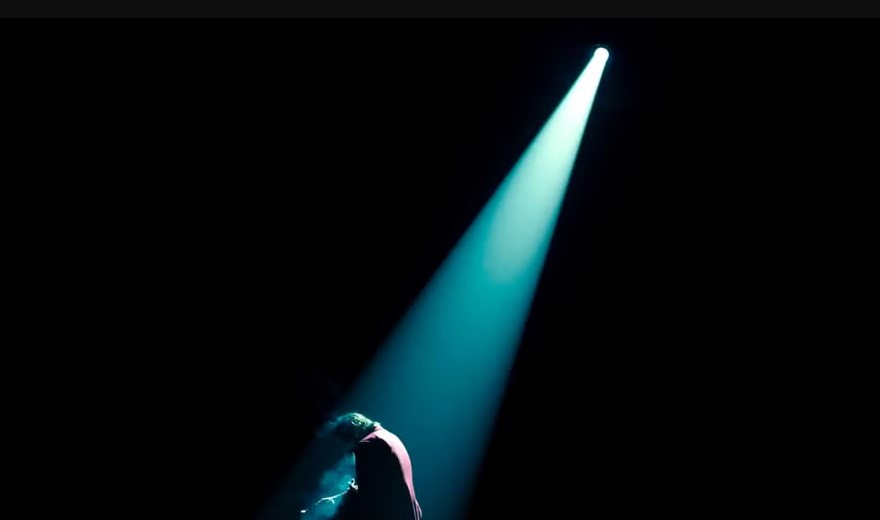
Lessons Learned: What Went Wrong with Joker: Folie à Deux?
In the end, Joker: Folie à Deux serves as a cautionary tale for Hollywood. The film’s failure can be attributed to several key factors:
- A Bloated Budget: The sequel’s $190 million budget was simply too high for a film that deviated so drastically from the tone of its predecessor.
- A Genre Shift: The introduction of musical elements alienated fans of the original Joker, who expected a more grounded and gritty film.
- Critical Missteps: Premiering the film at Venice Film Festival exposed Joker 2 to early negative reviews, setting a negative tone for its release.
- Audience Fatigue: The reliance on existing IP, combined with an experimental approach, contributed to the film’s box office struggles.
As the dust settles, it’s clear that Joker: Folie à Deux will not replicate the success of its predecessor. However, the film’s bold creative choices will likely be analyzed and debated for years to come, serving as a reminder that even the most hyped sequels can fall flat when they stray too far from what made the original a success.
Will Joker: Folie à Deux Be Remembered?
Joker: Folie à Deux may not have lived up to expectations, but it remains a fascinating case study in the risks of sequels, especially in today’s franchise-heavy film industry. The film’s attempt to blend dark psychological drama with musical elements was ambitious, but it ultimately failed to connect with audiences. As time passes, however, it’s possible that Joker 2 could find a new audience on streaming platforms, where its unique vision may be more appreciated. Until then, Joker: Folie à Deux will likely be remembered as one of 2024’s most surprising failures.
